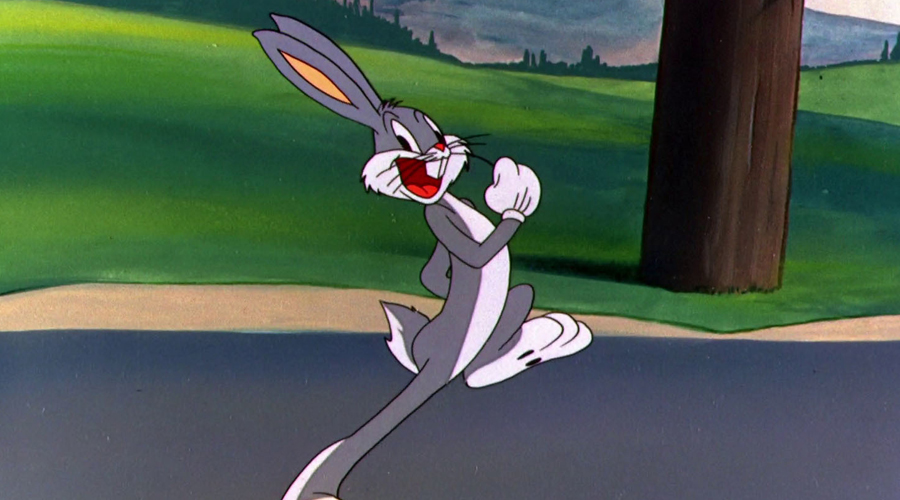To help mark the release of the Bugs Bunny stamps, here are seven facts about the enduring American cultural icon.
1. Bugs has been around for eight decades. The stamps were released July 27, the 80th anniversary of Bugs Bunny’s screen debut in the 1940 cartoon “A Wild Hare.”
2. Here’s what’s in a name. Born of a team of young animators who produced Looney Tunes and Merrie Melodies shorts for Warner Bros., Bugs’ name came from one of those early cartoonists. “Bugs” and “Bugsy” were trendy nicknames at the time, signifying a wacky disposition. The catchy alliterative sound of “Bugs Bunny” partnered well with the names of cohorts Porky Pig and Daffy Duck.
3. His slang rang a bell. Bugs’ very first line, “What’s up, Doc?” — unusual slang blurted out with the accent and wise-guy attitude of a street-smart New Yorker — had audiences howling and became an instant catchphrase.
4. His voice drew a Blanc. For nearly 50 years, from 1940 until his death in 1989, Mel Blanc was the voice of Bugs Bunny. Nicknamed “The Man of a Thousand Voices,” Blanc brought many other Warner Bros. characters to life, including Daffy Duck, Porky Pig, Tweety, Sylvester, Speedy Gonzales, Yosemite Sam and Foghorn Leghorn. In the 1960s, he also worked on “The Flintstones” as Barney Rubble and Dino, and on “The Jetsons” as Mr. Spacely, both for Hanna-Barbera Productions.
5. He followed a mouse onto a special sidewalk. In 1985, Bugs became the second cartoon character (after Mickey Mouse) to receive a star on the Hollywood Walk of Fame.
6. He’s well-preserved by the Library of Congress. “What’s Opera, Doc?” (1957) was the first cartoon short deemed culturally significant by the Library of Congress and selected for preservation in the National Film Registry.
7. It took two for Toontown. Bugs appeared in the 1988 live-action/animated movie “Who Framed Roger Rabbit?” as one of the inhabitants of Toontown. However, since the film was being produced by Disney, Warner Bros. would only allow the use of their biggest star if he got an equal amount of screen time as Disney’s biggest star, Mickey Mouse. Therefore, both characters are always on-screen together.
